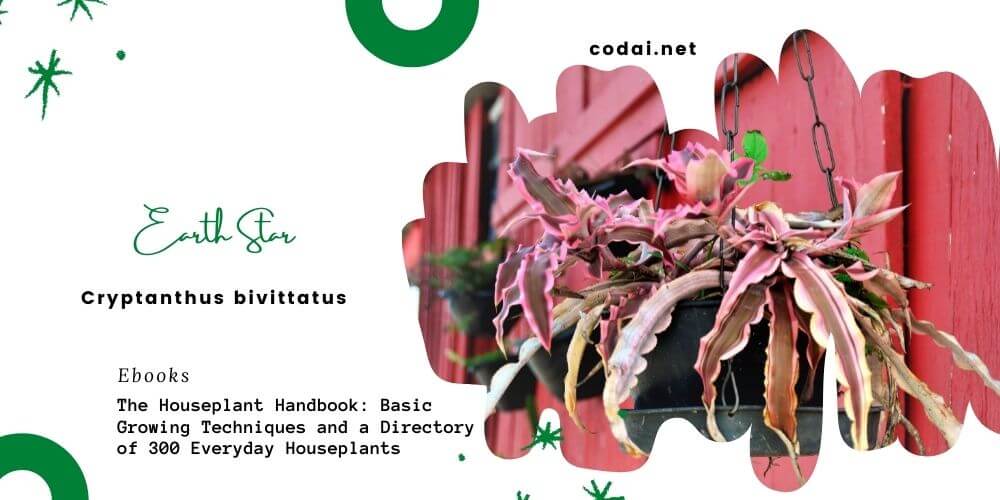[Ebook Việt hóa] The Houseplant Handbook: Basic Growing Techniques and a Directory of 300 Everyday Houseplants, Chăm sóc cây cảnh
[Ebook Việt Hoá] 300 Everyday Houseplants: Grooming and Supporting (Chải chuốt và Hỗ trợ)
- Nguồn: [Ebook] The Houseplant Handbook: Basic Growing Techniques and a Directory of 300 Everyday Houseplants – David Squire
- Biên tập: Dũng Cá Xinh (Tháng 02/2022)
- Dịch: Team Codai.net
English
Grooming and Supporting (Chải chuốt và Hỗ trợ)
Grooming keeps houseplants attractive throughout their lives. Flowering houseplants need to have dead flowers removed, while others need to be supported or have their leaves cleaned. When removing dead flowers and leaves, put them into a bag and throw them away; do not scatter them around a plant, because decaying pieces of plants are unsightly and encourage the presence of diseases.
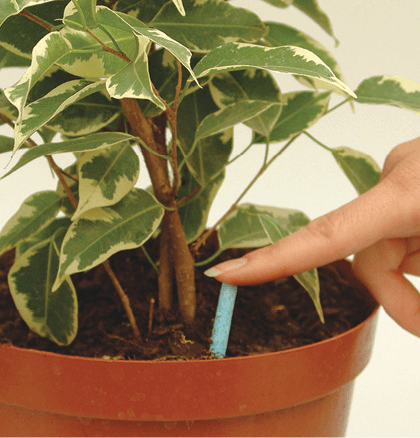
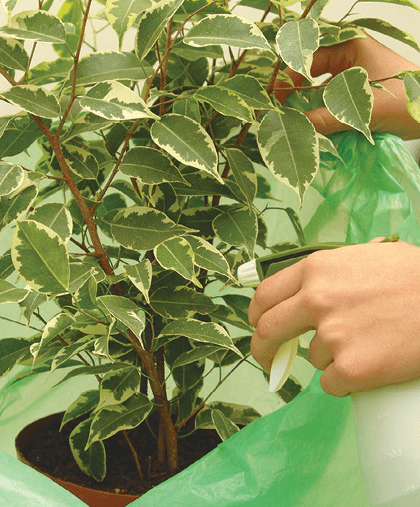
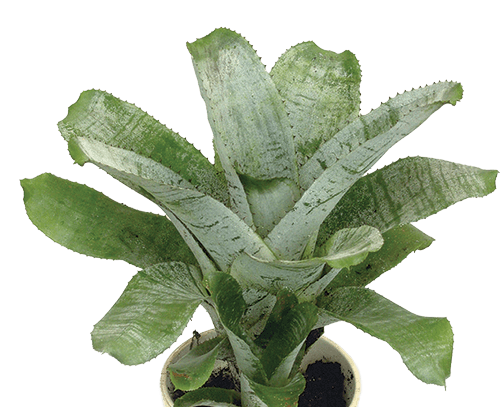
Top-Dressing Large Houseplants
Instead of being repotted, large plants are usually top-dressed.
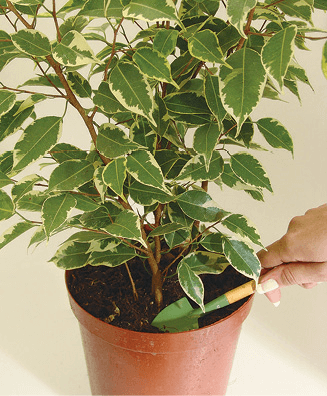
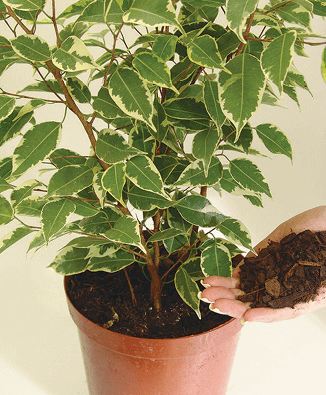
Cleaning Leaves
Houseplants with large leaves, such as the Rubber Plant (Ficus elastica), benefit from having them cleaned. Dust and dirt left on leaves impairs their appearance and prevents sunlight from activating growth processes.
- Use a soft, damp cloth to clean large, shiny leaves. Support the leaf with one hand and carefully wipe the surface. To avoid burning, never do this when the plant is in strong sunlight.
- If a plant has a large number of small, shiny leaves, gently swirl them in a bowl filled with slightly warm water. When clean, remove the plant and stand it away from direct sunlight until dry, or it might burn.
- Use a soft brush to gently remove dust from hairy leaves. Blowing on leaves while brushing them helps to remove dust.
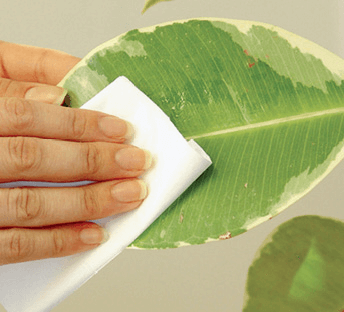
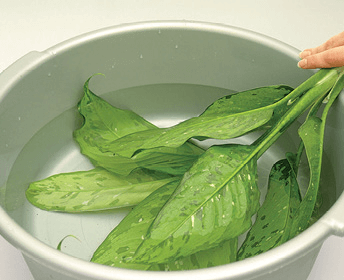
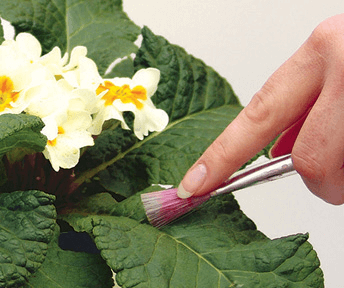
Tidying Stems and Shoots
- Some plants become untidy and benefit from having stems and shoots removed. Where a stem or shoot spoils a plant’s symmetry, use sharp scissors to cut it back to just above a leaf-joint. Avoid leaving small stubs, which are unsightly and will die back.
- Young foliage plants often need to have a shoot tip removed to encourage bushiness. Use sharp scissors to cut back the stem to a leaf-joint, or hold the shoot between your fingers and snap it sideways.
- Some variegated plants occasionally produce all-green stems; cut these off.
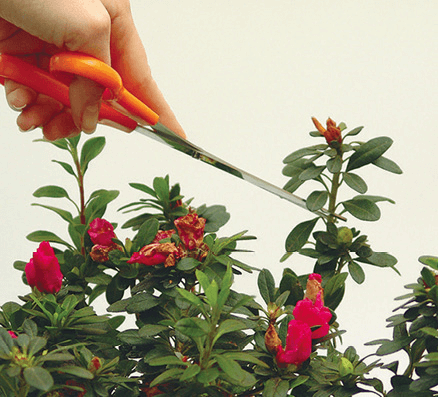
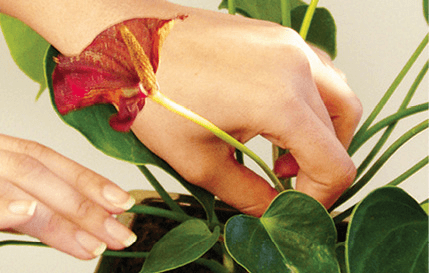
Removing Dead Flowers
Dead flowers are unsightly and encourage the presence of diseases if left on a plant. Most dead flowers are removed by pinching them off between a finger and thumb. For houseplants such as cyclamen, remove the complete flower stem and dead flower; leaving short pieces of stem encourages the presence of diseases. Gently tug the stem so it parts from the plant’s base.
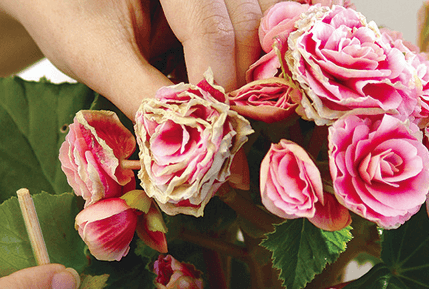
Staking and Supporting
When plants need to be supported, it is essential that this is unobtrusive, whether you use traditional materials (raffia, green string, and split canes) or more recent introductions (plastic frameworks and metal rings).
- Most houseplants need little support, but if it becomes necessary, use a thin split cane and soft green string. First tie the string to the support, then loop it around the stem just below a leaf-joint. Metal plant rings can also be used.
- Some climbing plants, such as Jasminum polyanthum (Pink Jasmine), benefit from a supporting hoop formed of pliable canes. When the plant is young and has shoots about 12in (30cm) long, insert pliable canes into the compost and train the stems around the canes.
- Climbing plants with aerial roots benefit from being given a moss pole as support (this is a stiff stake covered with several layers of moss). Use spirals of green string to hold it in position. Tie the plant’s stems to the pole and keep the moss damp.
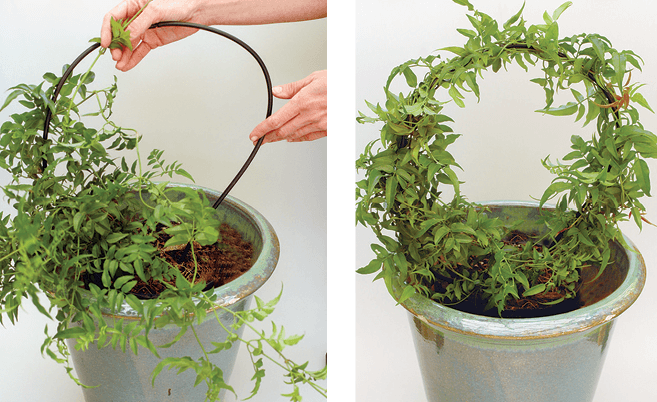
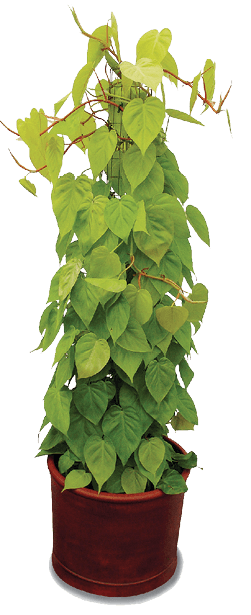
Vacation Care
Invariably, there are times when plants are left unattended for several days. This is not a problem in winter, when most are not very active, but arrangements need to be made to look after them in summer.
Helping plants survive
Before leaving home
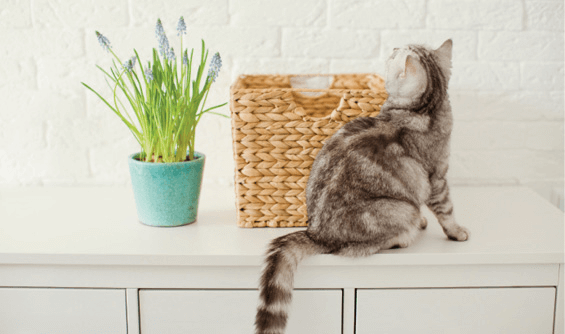
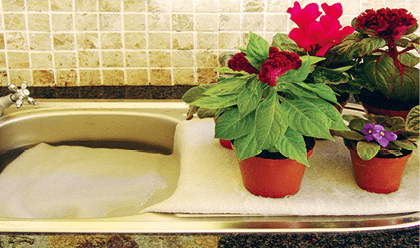
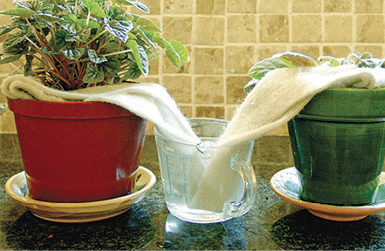
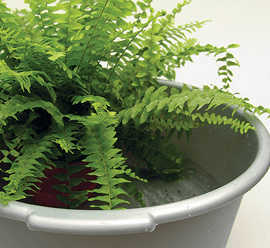
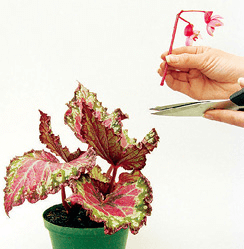
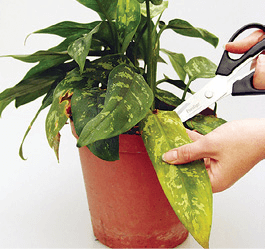
Tiếng Việt
Đang cập nhật
